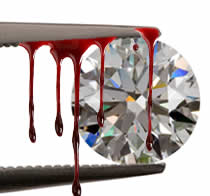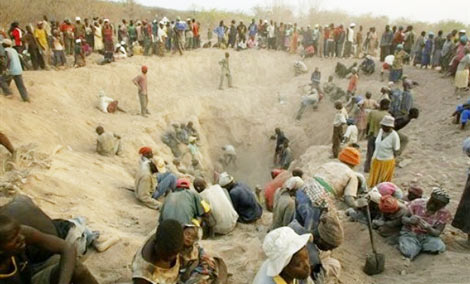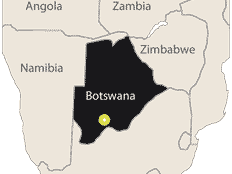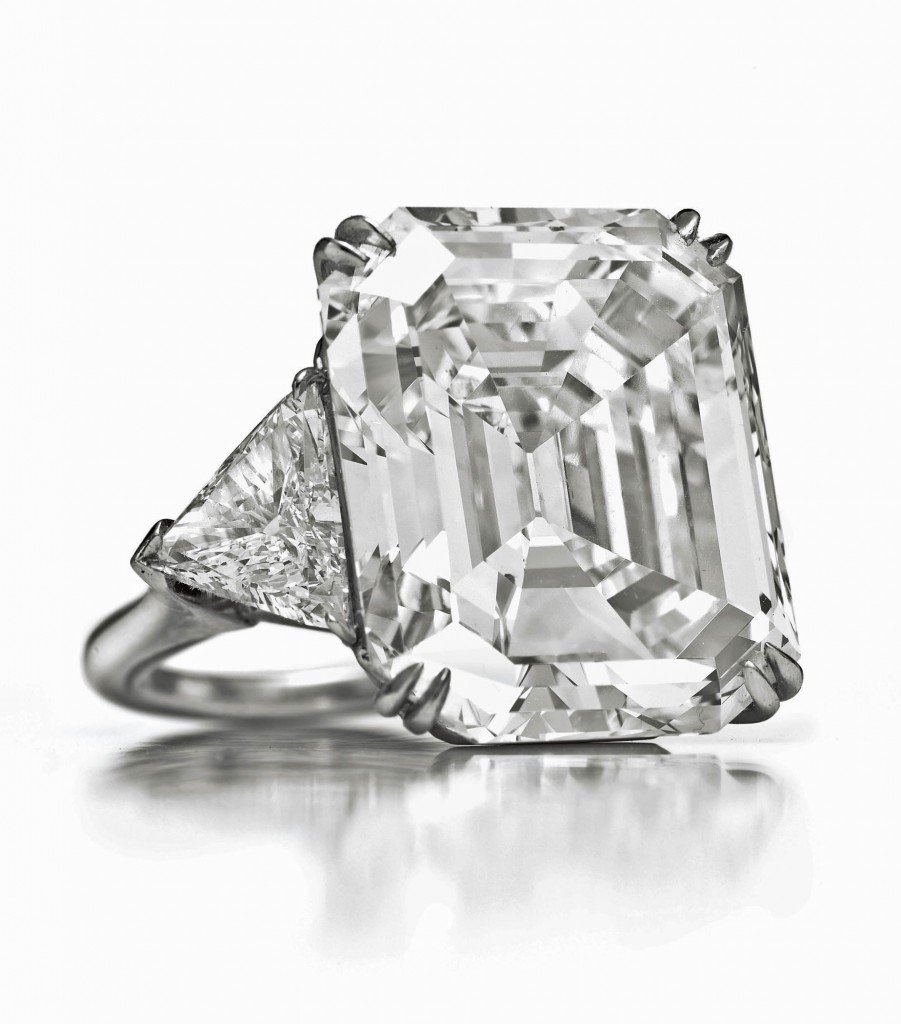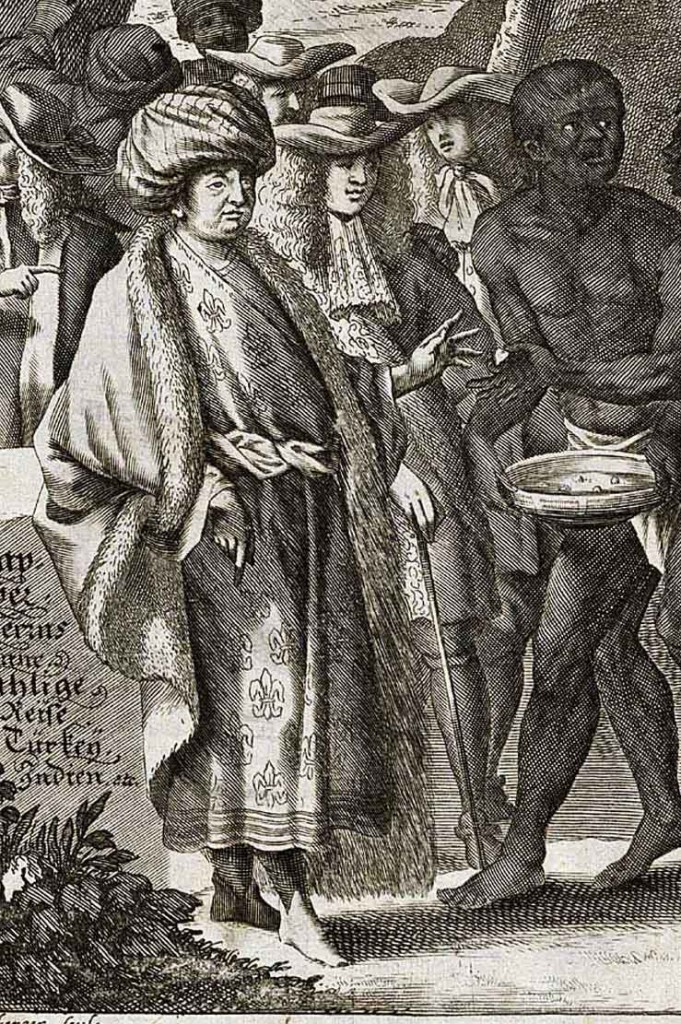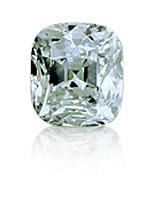by Richard W. Wise, G.G.
©2010
Wikileaks, if it has done nothing else, has directed a searingly bright light on the hypocritical world of international relations in general and the Kimberly Process in particular. For those who don’t know about it, The Kimberly Process comes down to a series of criteria, developed by the diamond industry, whereby a chain of ownership is established to enable sellers to certify that the diamond you are buying for your wife, to celebrate the birthday of the Prince of Peace, was not obtained from a starving West African miner at machete point. The process was initiated because of a storm of press reports generated by Global Witness, another bunch of whistle-blowing trouble makers who objected to people having their arms and legs hacked in the pursuit of diamonds to fund bloody civil conflicts in West Africa.
In August 2010 the Zimbabwe government auctioned 71 million in Marange diamonds certified by The Kimberly Process. The Process as it relates to current events in Zimbabwe has become something of a joke. In June 2009, Ian Smillie, a conflict diamond expert, architect and Director of The Kimberly Process resigned, stating: “when regulators fail to regulate, the systems they were designed to protect collapse.” In an interview with Bob Bates of Jewelers Circular Keystone, Smillie has this to say about Zimbabwe:
“With Zimbabwe, the government of South Africa is really protective of the Mugabe regime. But it isn’t just them. The Russians say this is not a human rights organization. But what is it exactly supposed to be? It’s there to protect people against conflict diamonds. Some governments are placing their small regional political interests over the interest of the diamond industries. Others in the region just hope that people won’t care. Interview with Ian Smillie former Director of The Kimberly Process: Source: Jewelers Circular Keystone, 2009
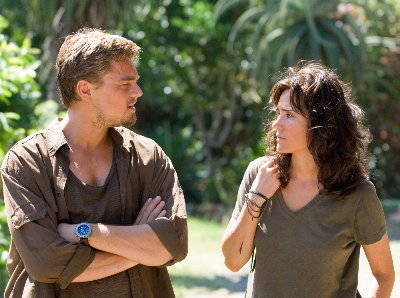
Jennifer Connelly and Leonardo Di Caprio in a scene from the movie Blood Diamonds. I have been to a lot of gem mines but I have yet to run into Jennifer.
According to cables originating from the American Embassy in Zimbabwe, undocumented diamonds mined in Marange area are sold directly to foreign buyers:
“Although Zimbabwe is a participant in the
Kimberley process, the diamonds from Chiadzwa are
undocumented and therefore are not in compliance with
Kimberley, which requires loose uncut diamonds to be
certified.” Source: Wikileaks
This assertion is backed up by an article written by in 2008 by Chenjerai Hove a celebrated Zimbabwean writer who was driven out of Zimbabwe in 2001 for criticizing President Robert Mugabe. “Marange and Chiadzwa are now international destinations. Israelis, Lebanese, Belgians, Afrikaners, Japanese, Americans, Germans, national political heavyweights and businessmen, all sorts of diamond gladiators who sniff the air for wealth, have been seen visiting the once-neglected Chiadzwa, Marange.” Read the full article.
The leaked cables go on to state:
“The highest quality diamonds are not sent to Dubai,but are shipped to Belgium, Israel, or South Africa for
cutting” Source: Wikileaks
It is important to that these quotations are taken from cables classified by Ambassador McGee, a representative of the United States government to assure that the information they contained would not be made public. Who was at risk here, which sources and who’s assets? According to the leaked cables these assets include:
“Cranswick said that RBZ Governor Gideon Gono,
Grace Mugabe, wife of President Robert Mugabe, VicePresident
Joyce Mujuru, Mines and Mining Development Minister Amos
Midzi, General Constantine Chiwenga and wife Jocelyn, CIO
Director Happyton Bonyongwe, Manicaland Governor Chris Mushowe, and several white Zimbabweans, including Greg Scott, and Hendrik O,Neill, are all involved in the Marange diamond trade.”
Source: Wikileaks
Why were these cables classified? Was it Ambassador McGee’s objective to protect the people named above or was it simply to avoid embarrassing a senior attache’s wife who might choose to wear her shiny new three carat diamond ring to an embassy cocktail party?

Grace Mugabe, wife of the President of Zimbabwe has filed a 10M dollar libel suit. What's that on your finger, Grace?
Yesterday it was reported that the wife of the president of Zimbabwe, Grace Mugabe had filed a defamation suit against the South African newspaper The Standard for reproducing reports from Wikileaks.
Are Zimbabwe Blood Diamonds Identifiable?:
Unlike colored gemstone that are, for the most part, formed in the earth’s crust and contain inclusions specific to the geographic areas where they were formed, diamonds are formed in the mantle. For the most part, it is not possible to separate diamonds by origin. However, I have read several reports that seem to indicate that these diamonds are easily identifiable, at least in the rough. The following is quoted from www.diamonds.net:
“The source suspects that Marange diamonds were being filtered out to most of the major diamond centers, including Israel, South Africa and Belgium for larger stones, and India and Dubai for the smaller goods. He described Marange diamonds as being unique in appearance and therefore very recognizable “even to the layman.” They vary in value from $5-per-carat industrial stones to $1,000-per-carat gem-quality diamonds, he explained.”
This source gives not details as to how Marange diamonds might be identified by a layman, but according to one of our readers, Deepak, a diamond dealer from India, Marange diamonds do show a distinctive green tint (see Part I, Deepak 12/19 comments). Diamonds are color graded by placing them table down in a white tray under special lighting. Under these conditions, according the Deepak, Marange stones will betray a slight greenish cast, we are not talking green diamonds here, just a very slight tint, but distinctive enough to be seen by an experienced grader.
The possibility that immediately comes to mind is that the green tint is the result of natural radiation. Fancy green diamonds derive their coloring from natural radiation. Is this the source of the green tint in the stones from Zimbabwe? If so, these stones should be easily detectable. It would seem that a U. S. Customs agent, armed with a Geiger counter, or a more advanced instrument, might significantly reduce the flow of blood diamonds into the U. S., the world’s largest diamond market.
Wikileaks, Saint or Savior?
The U. S. Government is doing its best to demonize Wikileaks. President Obama has taken a posture that has him, seemingly, talking out of both sides of his mouth all at once. “While I’m concerned about the disclosure of sensitive information from the battlefield that could potentially jeopardize individuals or operations, the fact is, these documents don’t reveal any issues that haven’t already informed our public debate on Afghanistan…” Mr. Obama said.” Well, which is it? Wikileaks revelations are damaging our national security or they are irrelevant? Clearly people are dying in Zimbabwe, about five per week according to documents leaked.
Government sources are fond of using the term collateral damage. It means innocent people died, but usually not our innocent people. When, for example, a drone strike is called in on a suspected Al Qaeda or Taliban gathering in Afghanistan, the civilians who are killed as part of our efforts to suppress these two movements is called unfortunate and ultimately dismissed as collateral damage. In the case of Zimbabwe and its brutal exploitation of both its resources and its people, the outing of those responsible is necessary. If it is not done, many more will suffer and by some accounts they have, at the rate of several per week. The question we must ask is why the secrecy? Why were official U. S. Government cables detailing these atrocities suppressed by classifying them? What vital American interests are we protecting? De Beers, the diamond industry, big business?
I believe that it is opacity that is the true cause of collateral damage in this case and most others. President Obama came into office with a promise of transparency. It appears that this is another promise that will not be kept. When Wikileaks reveals the names of American agents in the field, they are at risk. When our government suppresses information about blood diamonds in Zimbabwe, people die. When we accept a public relations ploy such as The Kimberly Process in place of a real certification, a few people get rich and more people die. I think the real issue here is not Wikileaks, it is transparency. If we had transparency, Wikileaks would not only be irrelevant, it would not exist and there would be no issue and a lot fewer deaths.

